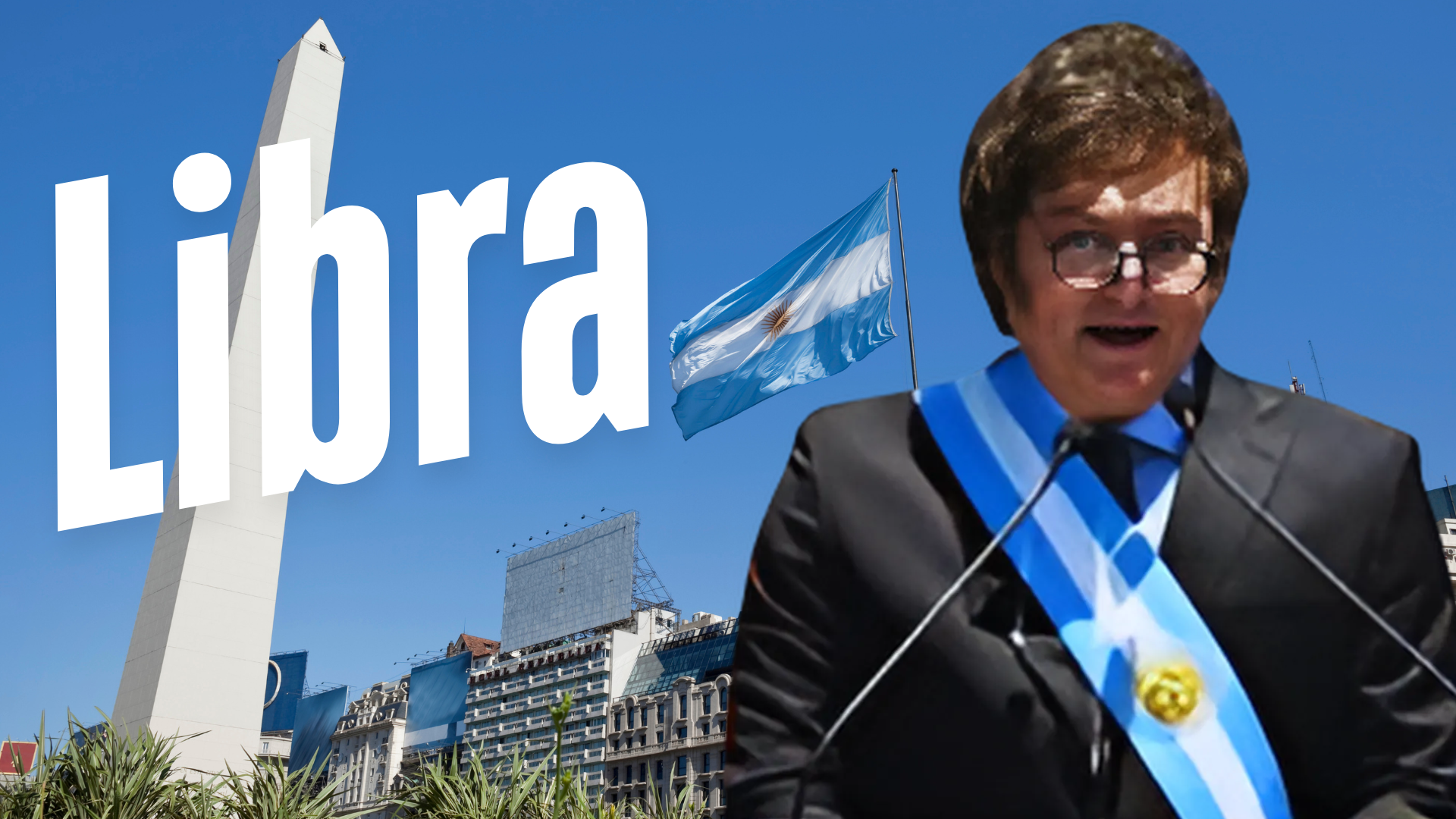
Ethereum developers have officially scheduled the highly anticipated Pectra upgrade for April 8, following an announcement made during the All Core Developers Execution (ACDE) Call #205 on February 13.
According to Tim Beiko, Ethereum Foundation Protocol Support Lead, the upgrade will first be deployed on Holesky testnet (February 24) and Sepolia testnet (March 5) before going live on Ethereum’s mainnet on April 8.
Key Improvements in the Pectra Upgrade
One of Pectra’s most significant enhancements is increasing Ethereum’s blobspace from three to six blobs per block, which will:
- Enhance Layer 2 data availability
- Reduce transaction costs and congestion
- Improve execution-layer efficiency
Additionally, the upgrade will contribute to Ethereum’s deflationary model by increasing the rate at which ETH is burned.
Strengthening Ethereum’s Burn Mechanism
Ethereum’s London hard fork first introduced ETH burning, permanently removing a percentage of transaction fees from circulation. However, the Dencun upgrade slightly reduced ETH burning by adding blobspace for cheaper data storage.
With Pectra doubling the blobspace limit, the rate of burned ETH is expected to rise. Justin Drake, an Ethereum researcher, emphasized that these burn mechanisms could help Ethereum reclaim its status as “ultra sound money.”
“ETH supply currently grows 0.5%/year. That’s 1%/year of issuance minus 0.5%/year of burn. To become ultra sound again, either issuance has to decrease or the burn has to increase. I believe both will…” — Justin.eth Drake (@drakefjustin)
Market Impact and ETH Price Outlook
While Pectra’s upgrade could have a positive long-term impact on ETH, short-term price movements remain uncertain. ETH has struggled to break past the $2,800 resistance, currently trading around $2,695 as market enthusiasm has waned.
However, on-chain metrics suggest growing activity. According to DeFiLlama data, Ethereum’s total value locked (TVL) reached its highest level since 2022 in January, signaling increased network usage.
Additionally, Ethereum ETFs continue attracting strong investor interest. Data from SoSoValue shows that net inflows into ETH ETFs have reached $3.14 billion as of February 13.
Further demand may arise after Cboe BZX filed a 19b-4 with the SEC to allow staking for the 21Shares Core Ethereum ETF, a move that could boost institutional participation in Ethereum.
With the Pectra upgrade set for April 8, Ethereum is taking another step toward scalability, efficiency, and deflationary tokenomics. While ETH price action remains uncertain, rising on-chain activity, increased staking interest, and institutional inflows could position Ethereum for long-term growth in the crypto market.


















































































































































































































































































































































































































































































































































































































































































































































































































































































































































































































































































































